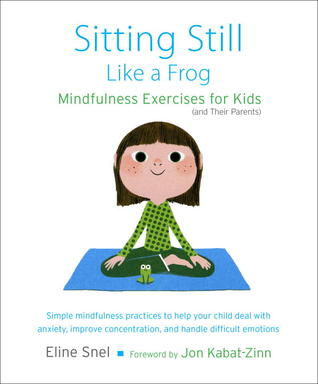Practising Mindfulness
- Stephanie Williams

- Oct 18, 2017
- 2 min read
According to Mindful.org, "Mindfulness is the basic human ability to be fully present, aware of where we are and what we’re doing, and not overly reactive or overwhelmed by what’s going on around us."
Research has shown that practicing mindfulness decreases stress, alleviates anxiety and increases focus. It has also been shown to strengthen interpersonal skills and increase compassion.
Mindful Schools report the benefits of practicing mindfulness in the classroom to include:
Increased Attention
Regulating emotions
Compassion and empathy
Calming effect on students
The children of Auburn South Primary School practice mindful mediation in the classroom and the below news article by Channel 9 reports the positive impacts it has had on the students' behaviour, increased focus and reduced stress-levels. Smiling Mind is a great resource for mindful activities.
Practising mindfulness is relatively simple to do and does not require a large chunk of time. The following points give a brief overview of what is involved in mindful-based practice.
Set aside some time in a quiet place
Observe the present moment as it is
Let your thoughts come and go without judgement
Return to observing the present moment as it is
Sitting Still Like a Frog - A Mindfulness Book for Children
This lovely book authored by Eline Snel, founder of the Academy for Mindful Teaching, was designed for children and their parents to learn about mindfulness is a simple and straight-forward way. It includes mindfulness-based practices to assist with emotion management and self-regulation for children. These practices also help children to fall asleep more easily and generally become more aware of their environment and gain patience.

The Second Step Program uses techniques such as belly breathing and 'calm bodies' - a technique where young children are shown self-soothing techniques in order to quiet their thoughts, focus their attention and still their bodies ready for learning. These techniques are part of the Skills for Learning which are introduced at the kindergarten level and continue through the Second Step primary school program.
Keep an eye out for our next post which will focus on 21st Century Learning.




Comments